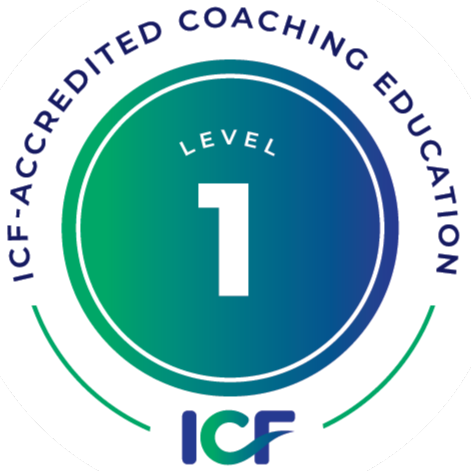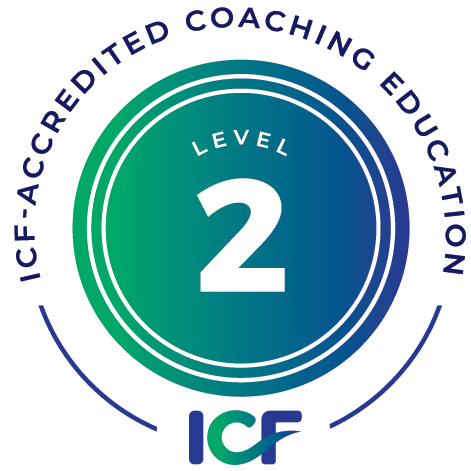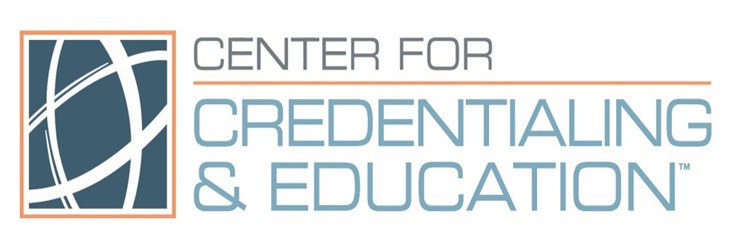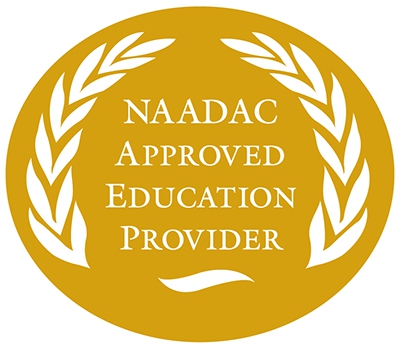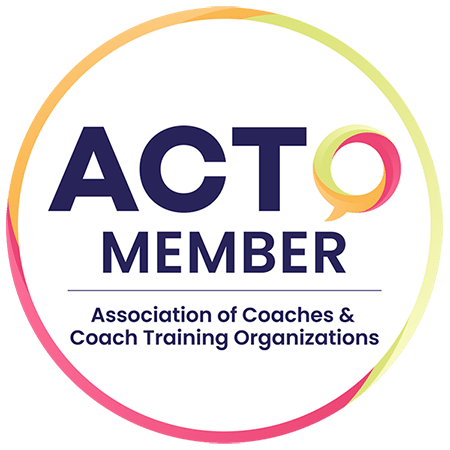
By: Kimberly Gleason
It’s that time of year again, when blossoms burst into color, when white carpets of snow turn into gray slush, and when great teams get serious about the seeds they’ve planted for the year, looking forward to the growth and harvest to come.
Unfortunately, we don’t have to do much to beckon the blooms or melt the slush; these are nature’s worries. But effective teamwork?
High performing teams don’t just happen. They require thought and effort, planting and tilling, weeding and watering. And like beautifully crafted gardens that require resources and tools, such as sunshine, fertilizer, and trowels, so do great teams.
One of these tools is coaching.
For example, suppose you lead a management team of six in a company that has recently undergone an acquisition. Now you’re part of a new company, with a different set of rules, different expectations, and, according to many, outrageous new initiatives. Let’s face it. Your team better perform, or there’s no telling what might happen to any of you. Due to varying opinions, leadership styles and behaviors, let alone the high stress of the fractured work environment, the team members feel stuck, unsure how to proceed or what steps to take.
A great coach then, whether an external coach brought into the workplace, or team members trained in coaching, would ask key questions, such as
- What is the vision and mission of the organization? How has this changed, if at all?
- What is the vision and mission of our team? What’s working? Not working?
- What are our individual contributions, strengths, talents, skills, and passions? How are we utilizing them? Not utilizing them?
- How can we better communicate?
- What are we missing?
- What’s the first step to getting unstuck/proceeding/defining our action steps?
What resources and tools do we need? Where can we find them?
As exemplified in the above scenario, leaders who coach
- Demonstrate their care and concern for the individuals, team, and organization
- Actively listen and acknowledge what they’ve heard
- Empower by putting the ball in someone else’s court, rather than always giving advice or direction
- Express their confidence in others, understanding that people can often come up with their own good conclusions and solutions
- Encourage healthy ownership of ideas and actions
Only when leaders and team members engage others through effective coaching can they, individually or collectively, achieve the results they desire.
Let me boldly say this: Coaching is not a nice skill to have. It is paramount for growth and success. And no wonder. Coaching is all about helping people and organizations spring forward and reap the sweet rewards.

Kimberly Gleason, an ILCT student, is a Grand Rapids-based personal and executive leadership coach, author of over 70 newspaper and magazine articles, professional speaker, and trainer. She specializes in helping leaders to improve individual and team performance, effectiveness, engagement, retention, and results. You can find out more about her free e-books, blog, resources, presentations, and programs at www.kimberlygleasoncoaching.com.
